How to Give Your Characters a Unique Voice
In the realm of fiction, character reigns supreme. Readers experience the triumphs and tragedies, the loves and losses, the grand adventures and...
4 min read
 Writing Team
:
Jun 23, 2025 8:00:00 AM
Writing Team
:
Jun 23, 2025 8:00:00 AM

Every writer has experienced it: the moment a critique partner points to a random detail in chapter three and asks, "What happened to that gun?" or "Why did you mention the broken compass if it never comes up again?" Welcome to Chekhov's Gun—the storytelling principle that separates professional writers from amateurs. This nineteenth-century Russian playwright's simple rule has become the gold standard for narrative economy, demanding that every element serve the story's ultimate purpose.
Anton Chekhov wasn't just dispensing writing advice when he formulated his famous principle. As one of literature's greatest short story masters and a pioneering modernist playwright, Chekhov understood that readers form unconscious contracts with writers. When you draw attention to something, you're making a promise. His principle emerged from practical theatrical experience: stage props cost money, actors' attention is limited, and audiences notice everything.
The principle itself is elegantly simple: "Remove everything that has no relevance to the story. If you say in the first chapter that there is a rifle hanging on the wall, in the second or third chapter it absolutely must go off. If it's not going to be fired, it shouldn't be hanging there."
This isn't about literal firearms—it's about narrative honesty and the unspoken agreement between writer and reader that every detail matters.
Writers often confuse Chekhov's Gun with foreshadowing, but the principle operates on a different level entirely. Foreshadowing hints at future events; Chekhov's Gun demands that significant details serve the story's resolution. The distinction matters because it affects how readers process information and form expectations.
When you establish a loaded rifle in act one, you're not just hinting at violence—you're creating narrative tension that must be resolved. Readers subconsciously catalog these details, waiting for payoff. Fail to deliver, and you've broken the story's internal logic. The principle works because it mirrors how we process real-world information: significant details typically prove significant.
The relationship between setup and payoff creates what screenwriters call "plant and pay-off"—the rhythm that makes stories feel inevitable rather than arbitrary.
Chekhov's own plays demonstrate the principle perfectly. In "The Seagull," the rifle introduced in act one ultimately serves the tragic conclusion. But the principle extends far beyond its creator's work.
J.K. Rowling masterfully employs this technique throughout Harry Potter. Dumbledore's broken nose, mentioned casually in the first book, doesn't pay off until "Deathly Hallows" when we learn Aberforth broke it during their sister's funeral. The lemon drops Dumbledore offers McGonagall establish his sweet tooth, which later enables Harry to guess office passwords.
Suzanne Collins uses the principle brilliantly in "Catching Fire" when Finnick obsessively counts bread gifts. This seemingly neurotic behavior later reveals the rebellion's secret communication system. Stephen King demonstrates it in "Desperation," where an early-mentioned shotgun shell becomes the blasting cap that traps the demon.
Even ancient literature follows this pattern. Homer's "Odyssey" establishes spears on Odysseus's wall early in the epic, which become the weapons used to defeat the suitors in the climax.
The principle isn't a rigid rule but a guideline for narrative economy. Here's how to apply it effectively without creating mechanical, lifeless prose.
First, audit your significant details during revision. If you've drawn attention to something through description, dialogue, or character focus, ask whether it serves the story's resolution. This doesn't mean every detail must be a plot device, but prominent elements should justify their prominence.
Second, consider the principle's inverse: important plot elements should be established early. Readers feel cheated when crucial information appears conveniently at the climax. If your protagonist's photography skills prove essential to solving the mystery, establish this talent early through casual scenes or character background.
Third, distinguish between red herrings and abandoned threads. Red herrings intentionally mislead readers but still serve the narrative by creating false suspects or misdirection. Abandoned threads—details that seem important but never resolve—frustrate readers and suggest careless plotting.
Sophisticated writers use Chekhov's Gun at multiple levels. Character traits can function as guns: if you establish someone's claustrophobia in chapter two, it should influence a crucial scene later. Dialogue patterns work similarly: if a character has a distinctive speech pattern or catchphrase, it should serve character development or plot resolution.
Some writers intentionally violate the principle for artistic effect. Literary fiction sometimes includes details that serve mood or theme rather than plot. However, even these violations should feel intentional rather than careless. The key is understanding the principle well enough to break it effectively.
Genre considerations matter too. Mystery novels rely heavily on Chekhov's Gun because readers expect every clue to matter. Literary fiction has more flexibility, but even experimental works benefit from thoughtful detail selection.
During revision, create a detail inventory. List every prominent object, character trait, or piece of information you've emphasized. Ask three questions: Does this serve the plot? Does it serve character development? Does it serve theme or atmosphere? If the answer is no to all three, consider cutting or connecting it to your story's central elements.
Use the principle to strengthen weak scenes. If a scene feels purposeless, ask what details you could establish that will pay off later. This transforms exposition into setup, making every scene feel essential.
Remember that setup and payoff don't require proximity. The gun introduced in chapter one can fire in the final act, but the gap between establishment and resolution should feel intentional rather than forgotten.
Chekhov's Gun represents something deeper than plot mechanics—it's about respecting your readers' intelligence and attention. Every detail you choose to highlight makes a promise, and professional writers honor those promises.
The principle transforms good writers into great ones by forcing conscious decisions about every story element. It's not about rigid adherence to rules but about understanding the psychological contract between writer and reader. When you master this balance, your stories achieve the inevitability that distinguishes published fiction from amateur attempts.
Ready to tighten your narrative and eliminate unnecessary elements? Hire a Writer's developmental editors specialize in story structure and plot refinement, helping authors apply principles like Chekhov's Gun to create compelling, professionally polished manuscripts. Contact us today to ensure every detail in your story serves its ultimate purpose.

In the realm of fiction, character reigns supreme. Readers experience the triumphs and tragedies, the loves and losses, the grand adventures and...

The craft of creating a protagonist—of birthing a character vivid and fully formed enough to arrest a reader's attention and haunt their...

The concept of "character agency" in fiction revolves around a character's ability to take action and influence the events within a story. It plays a...